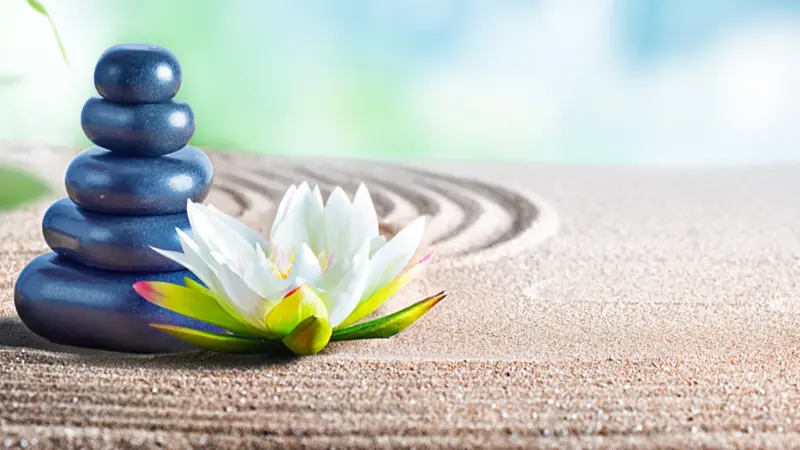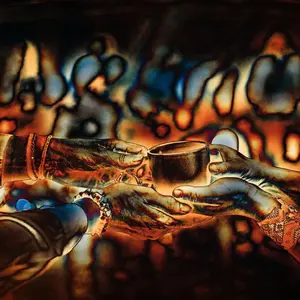

Traditional World Medicine

Traditional World Medicine
Rebalance Body and Mind with Ayurvedic Cleansing
Cleanses, or detoxification, have been around for hundreds of years—long before juicing became popular. While many modern cleanses focus on deprivation, the traditional Ayurvedic cleanse, panchakarma, focuses on healing, balance, and nourishment.
The Ayurvedic cleanse is useful to address a number of problems, including fatigue, irritability, skin problems, and sugar cravings. It typically lasts three to four weeks and is customized by an Ayurvedic practitioner. However, generic detoxifying cleanses based on Ayurvedic practices may be safely done at home.
Cleanses are traditionally performed three times a year when seasons are changing. The full panchakarma cleanse consists of three equal-length phases. When designing a home cleanse, it is vital to include each phase. The duration may be tailored to suit individual needs, ranging from 6 to 21 days, as long as each phase is the same length of days.
Phase 1, the Preparation Phase, is focused on preparing the gut by eating a clean diet and hydrating. This phase emphasizes warm, simple foods that are cleansing for the gut and lymph, such as green vegetables and beets. During this phase, avoid meat, dairy, processed foods, sugar, legumes, caffeine, and alcohol. Drinking plenty of water during this phase will hydrate and lubricate the gut for healthy digestion while thinning the lymph fluid to improve immunity and digestive health.
Detoxifying cleanses based on Ayurvedic practices may be safely done at home.
Phase 2, the Kitchari Stage, is designed to cleanse and fine-tune digestion. Kitchari is a traditional Indian dish of basmati rice, split mung dahl beans, ghee, and spices. This phase includes kitchari meals, which contain all essential macronutrients (protein, fat, and carbohydrates). Ghee is the fat emphasized in this phase for its properties that help maintain a healthy intestinal wall and eliminate fat-soluble toxins from the body. During this phase, three kitchari meals are eaten daily until full and satisfied. Phase 2 focuses on digestion of foods, but also digestion of experiences. Self-care is a component of this phase, in order to assist in accepting and releasing past traumas. Self-care activities may include massage, skin brushing, exercise, meditation, and self-reflection.
Phase 3, the Rejuvenate Phase, is a reintroduction phase that includes similar foods to Phase 1. It is helpful to reintroduce foods slowly during Phase 3 and continue to focus on hydration.
Ayurvedic cleanses may be followed individually or with a partner, and can safely be performed seasonally or as needed for healing and replenishing both the body and mind.
REFERENCES
Wright, B. (2019, March 13). How to cleanse, the Ayurvedic way. The Chopra Center. https://chopra.com/articles/how-to-cleanse-the-ayurvedic-way


 By
By







